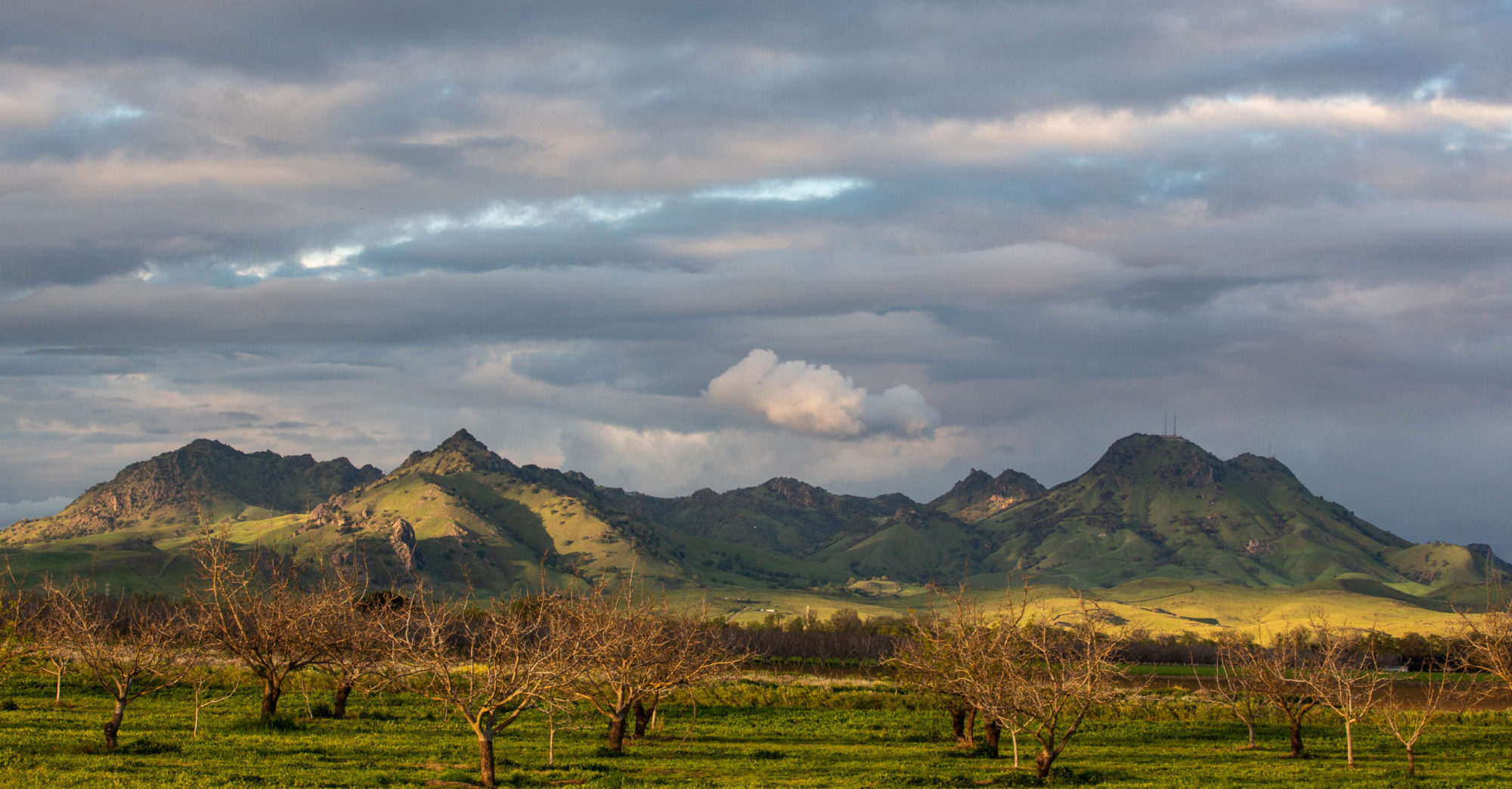I’m reading “No Ordinary Time,” Doris Kearns Goodwin’s account of how the Roosevelt administration managed the home front during World War II. It’s a good-enough read and well researched, but there’s sort of a rushed feeling to it that makes me wonder how long she had to work on the thing. In any case, I was struck by a brief passage on the nation’s economic situation in the spring of 1940, when Germany’s attack on Western Europe prompted FDR to push for a rapid mobilization of industry and resources in the United States. Goodwin’s point is one often made: how on the eve of war, the American economy was still in the throes of the Depression. What strikes me is the stark difference between the country she describes and the one I grew up in — having been born less than a decade after the end of the war.
“…The economy had not yet recovered; business was still not producing well enough on its own to silence the growing doubts about capitalism and democracy. Almost ten million Americans, 17 percent of the work force, were without jobs; about two and a half million found their only source of income in government programs. Of those who worked, one-half of the men and two-thirds of the women earned less than $1,000 a year. Only forty-eight thousand taxpayers in a population of 132 million earned more than $2,500 a year.
“In his second inaugural [in January 1937], Roosevelt had proclaimed that he saw “one-third of a nation ill-housed, ill-clad, ill-nourished. On this spring day three years later, he could still see abundant evidence of serious deprivation. Thirty-one percent of thirty-five million dwelling units did not have running water; 32 percent had no indoor toilet; 39 percent lacked a bathtub or shower; 58 percent had no central heating. Of seventy-four million Americans twenty-five years old or older, only two of five had gone beyond eighth grade; one of four had graduated from high school; one of twenty had completed college.”


